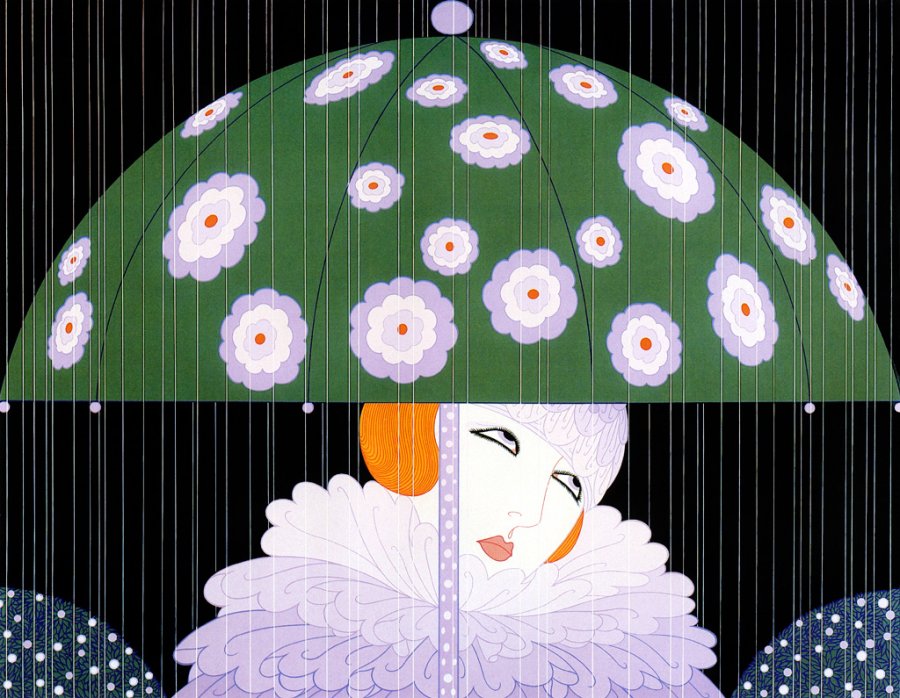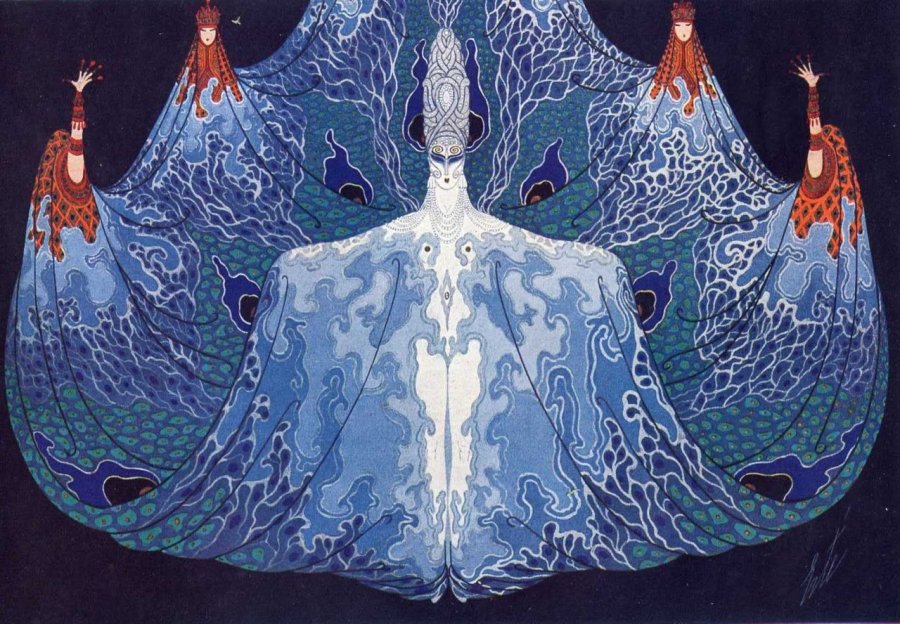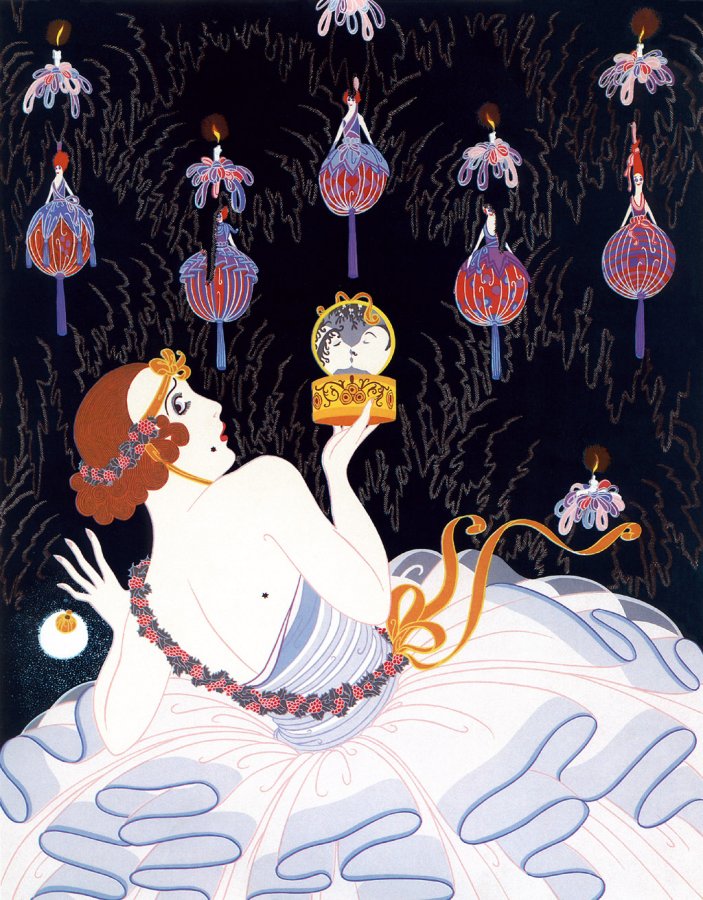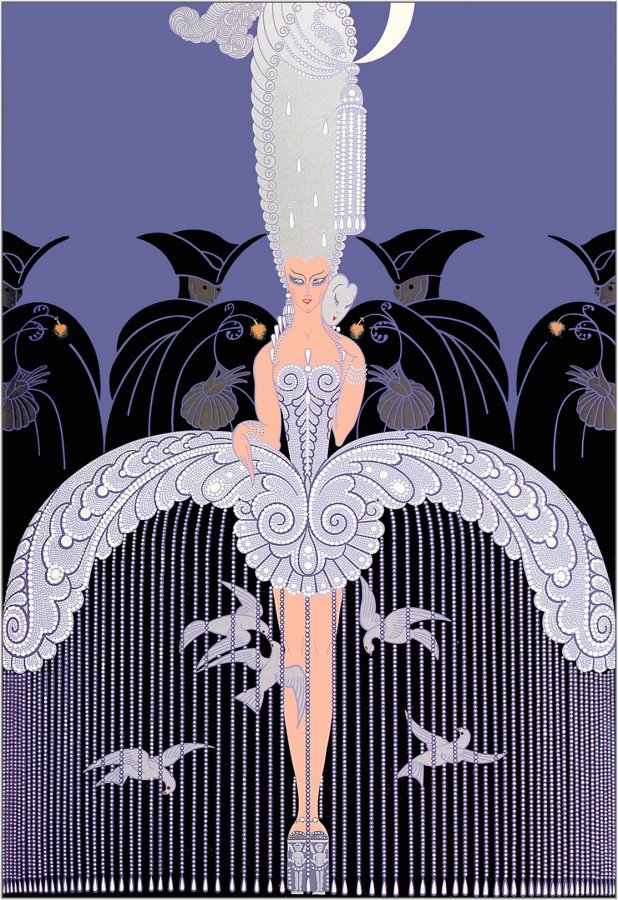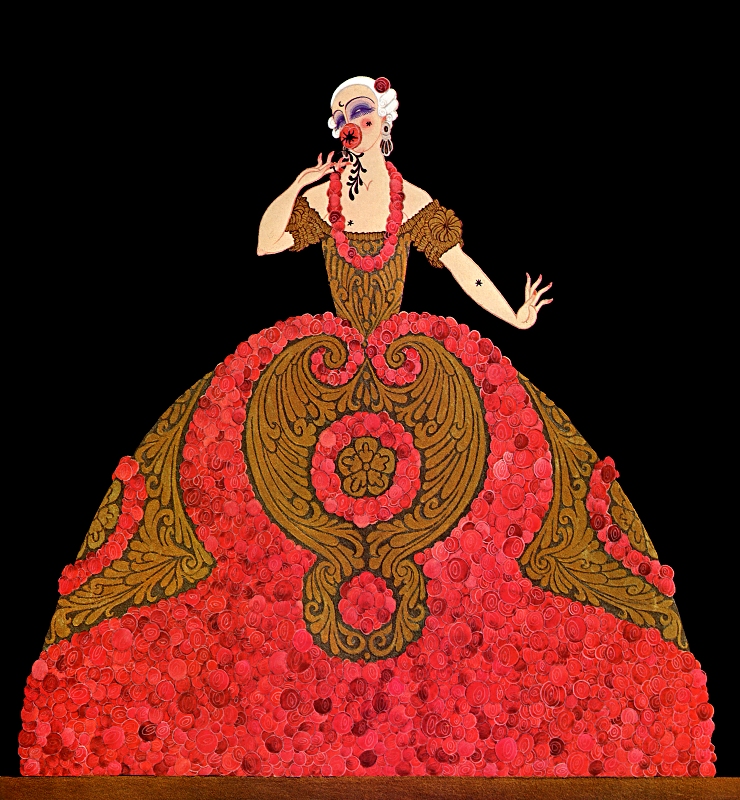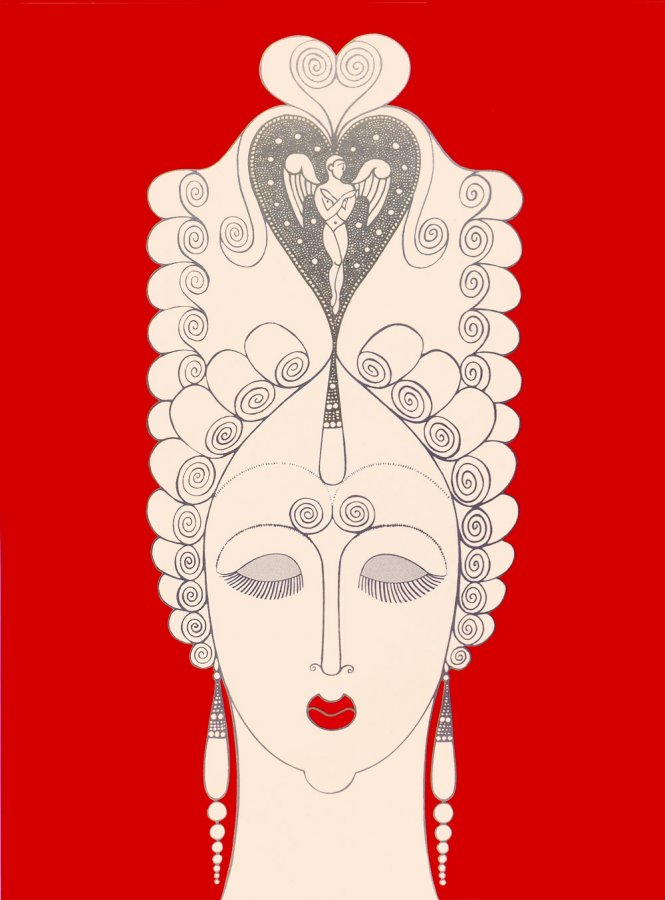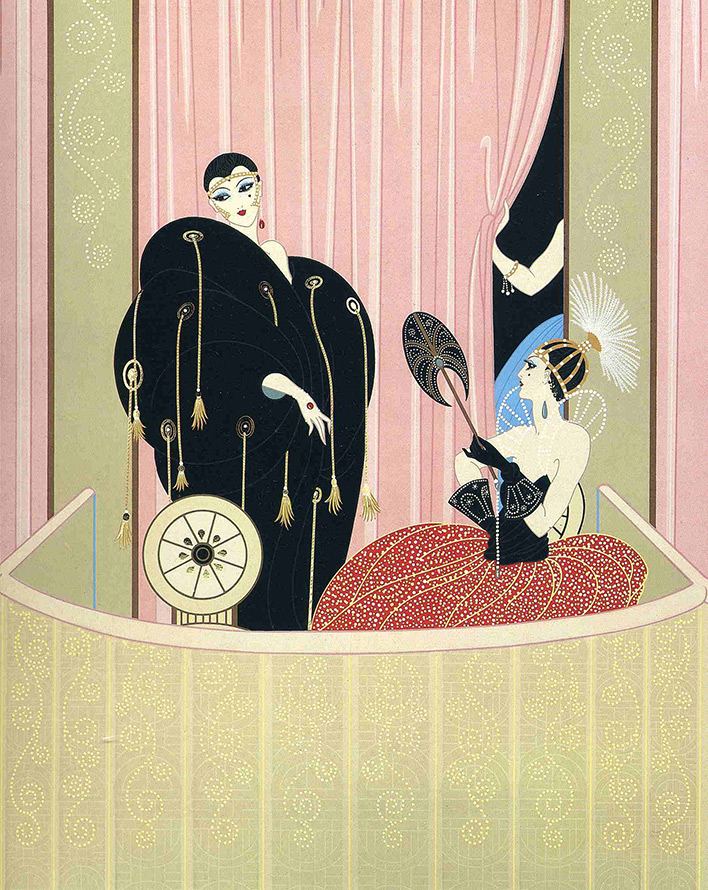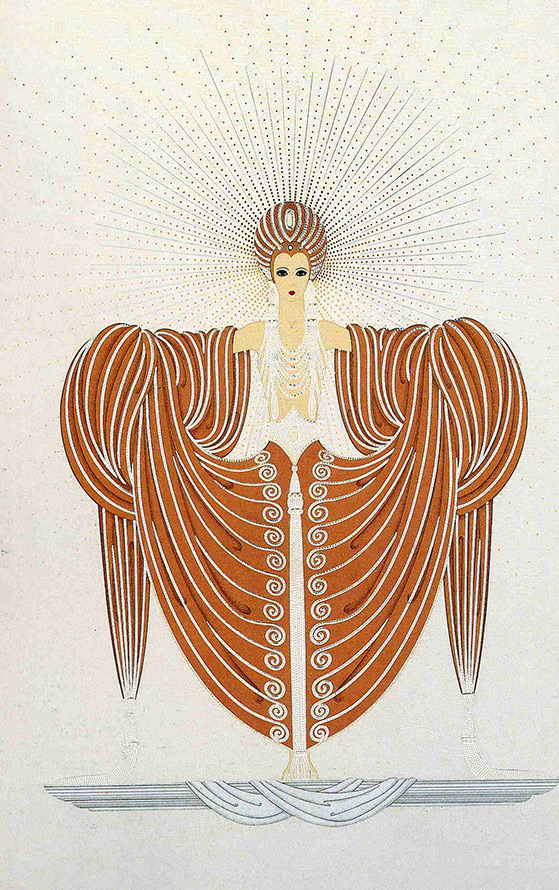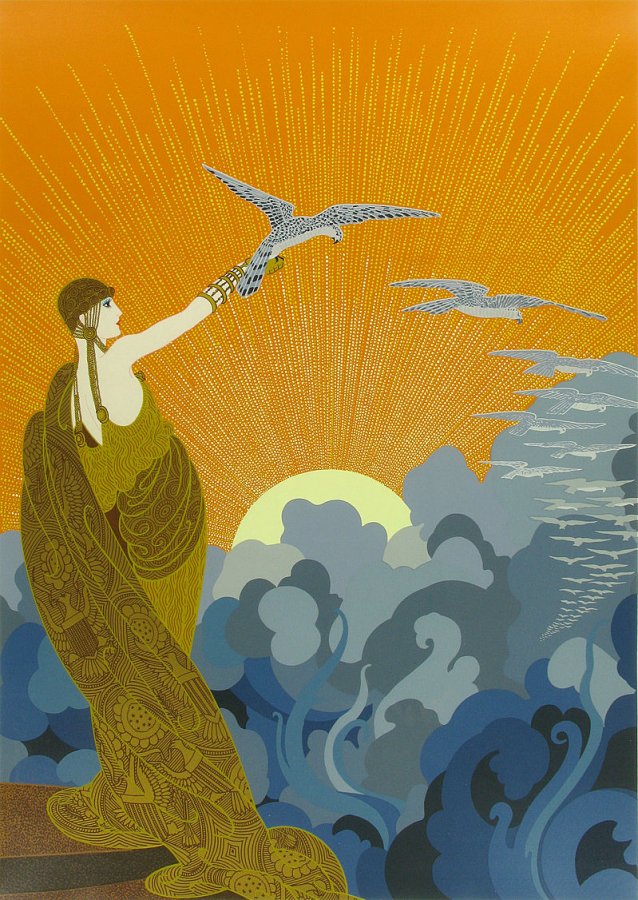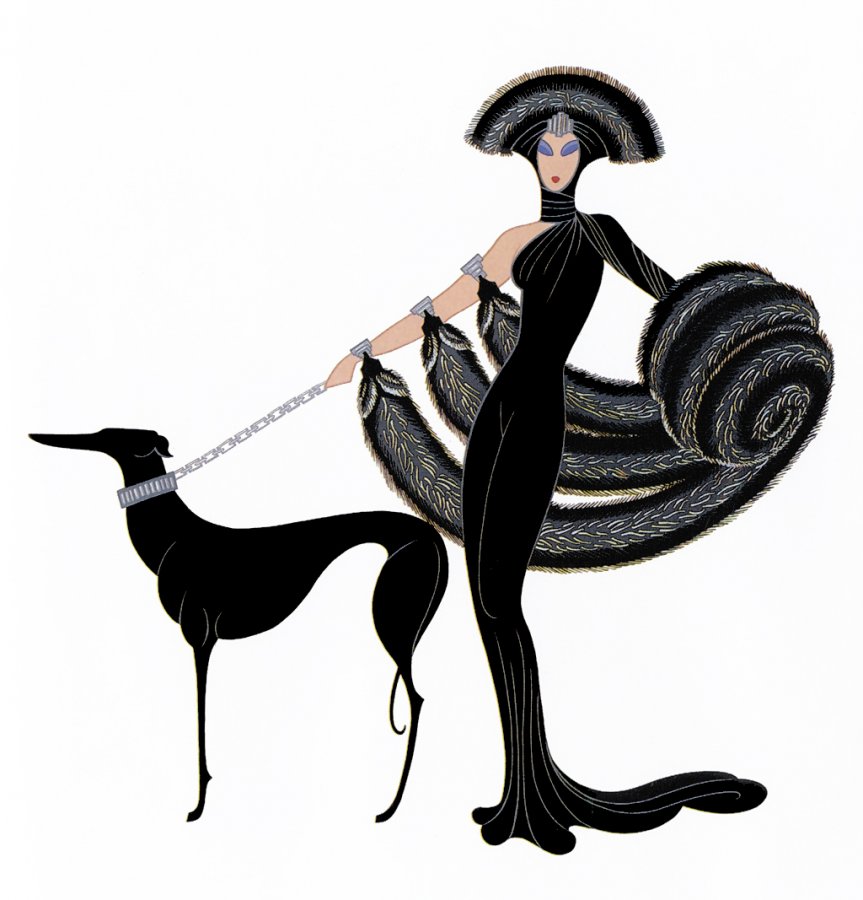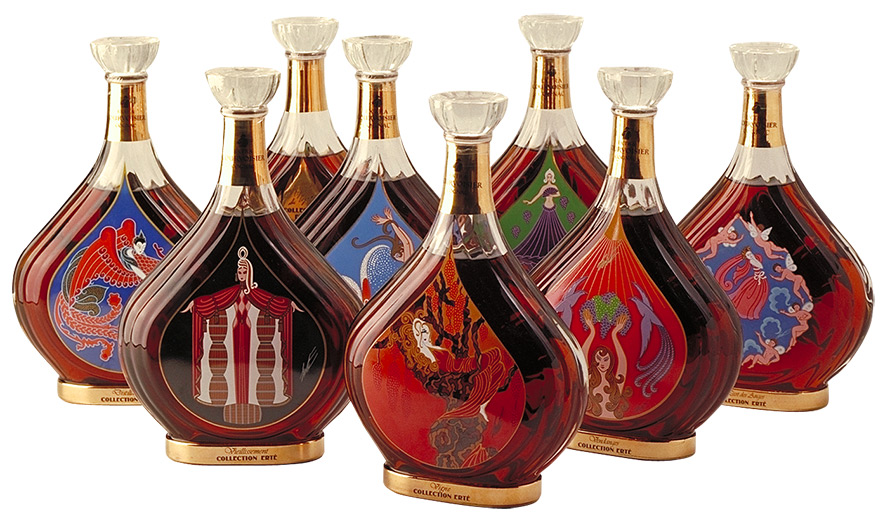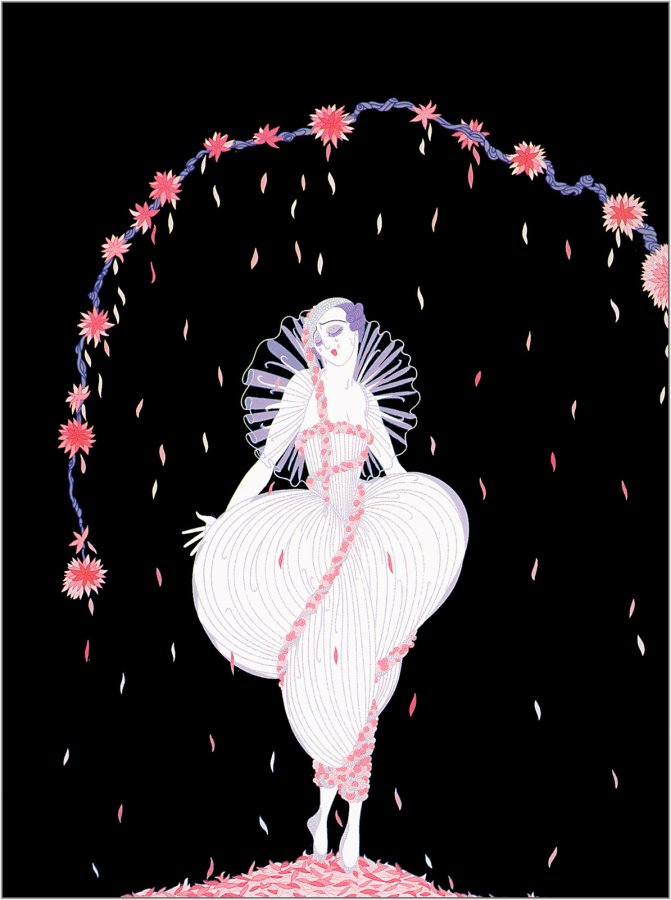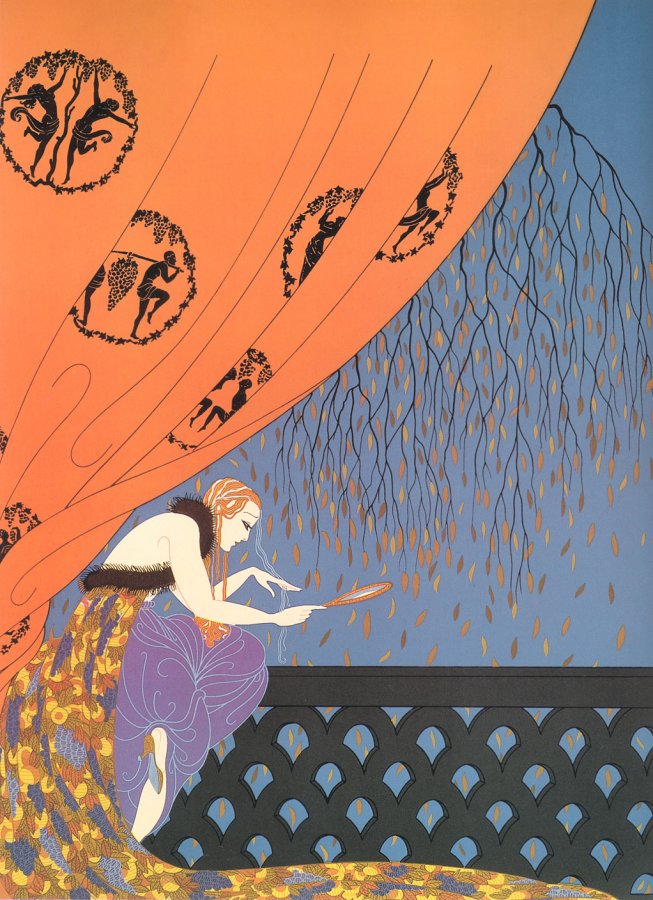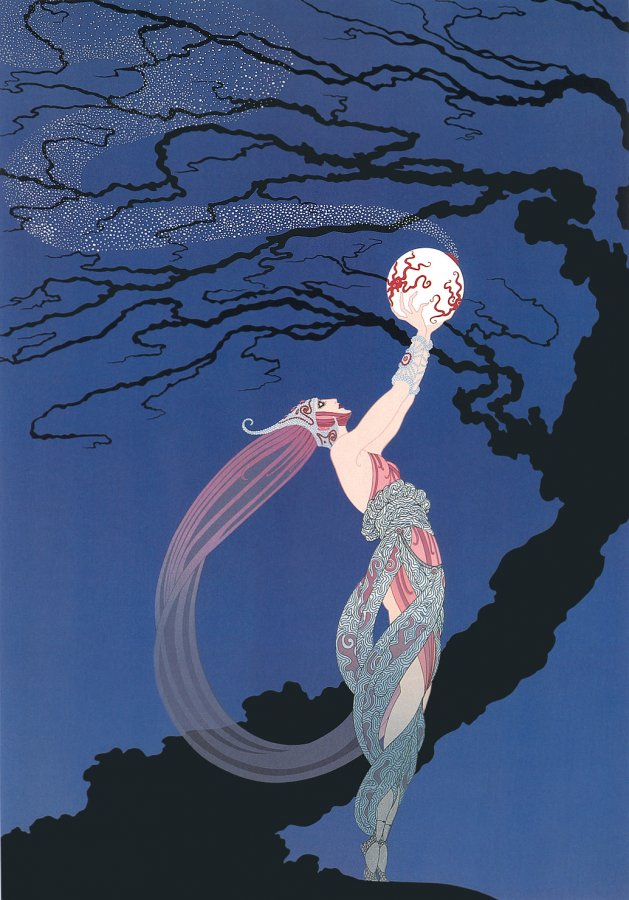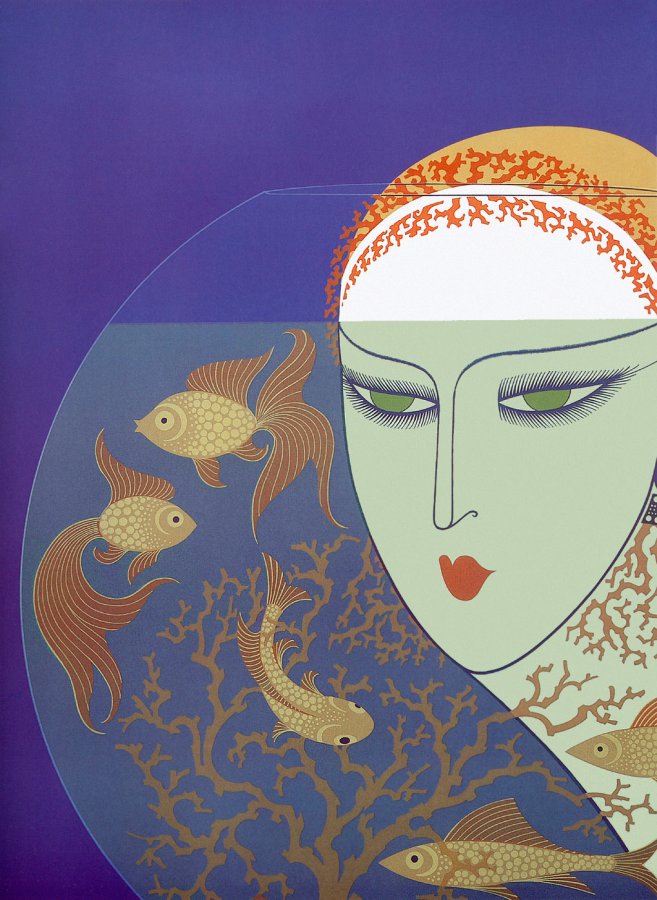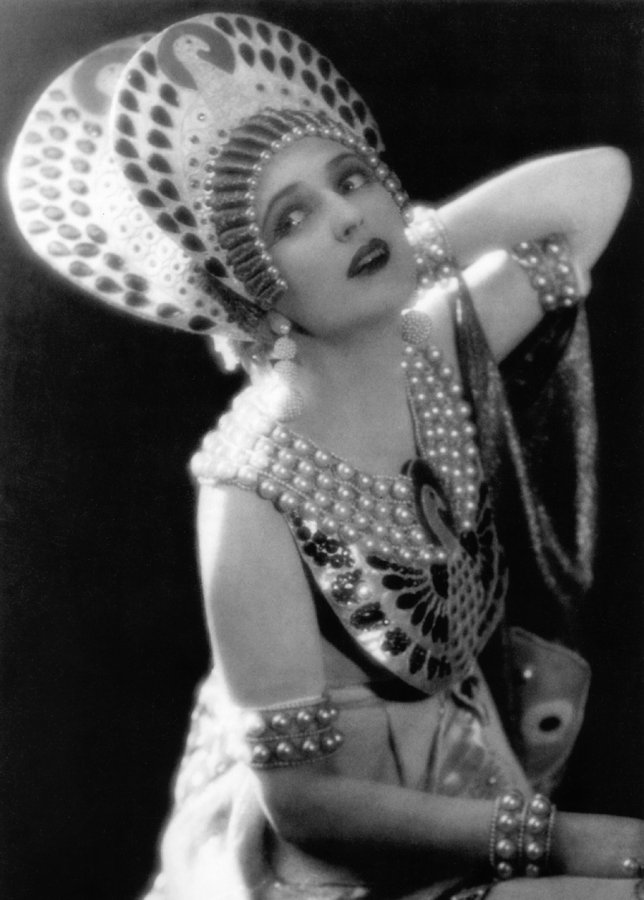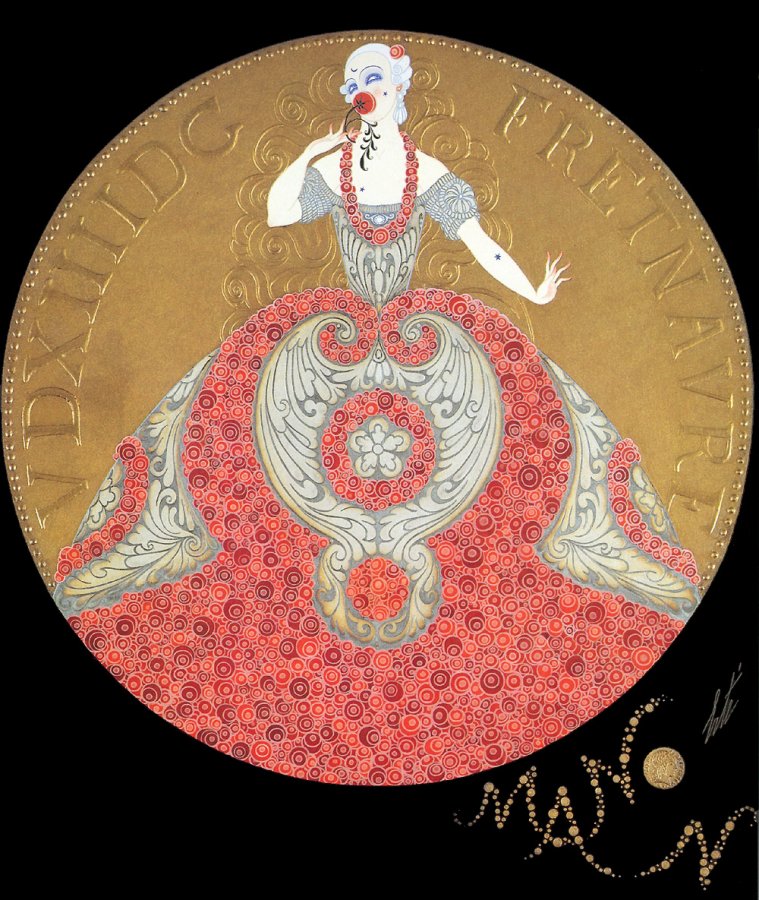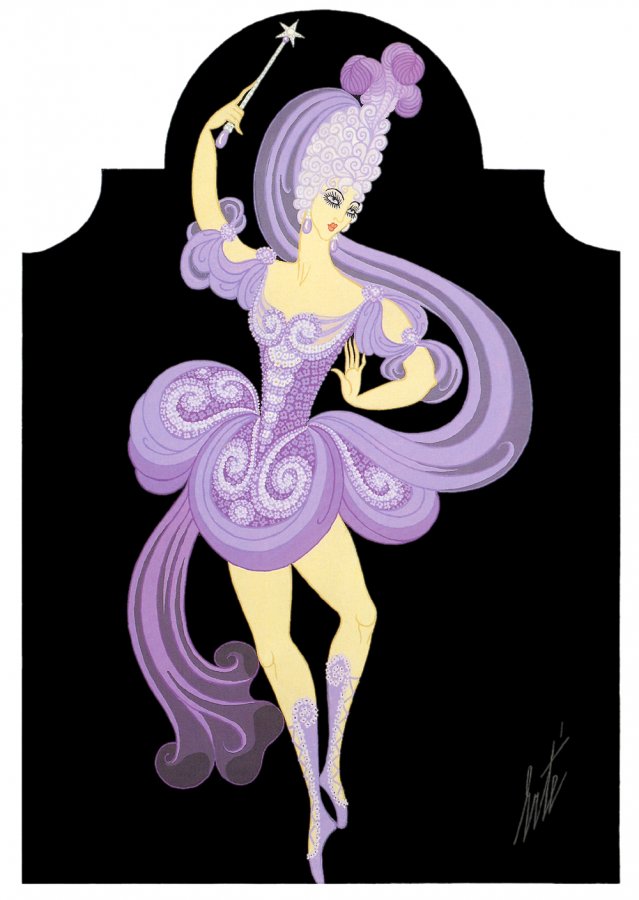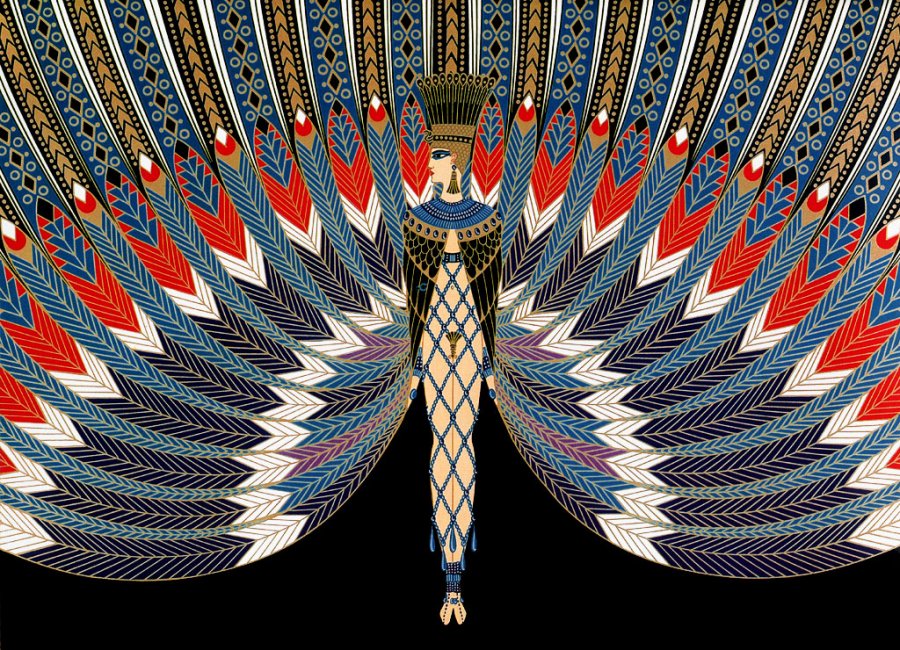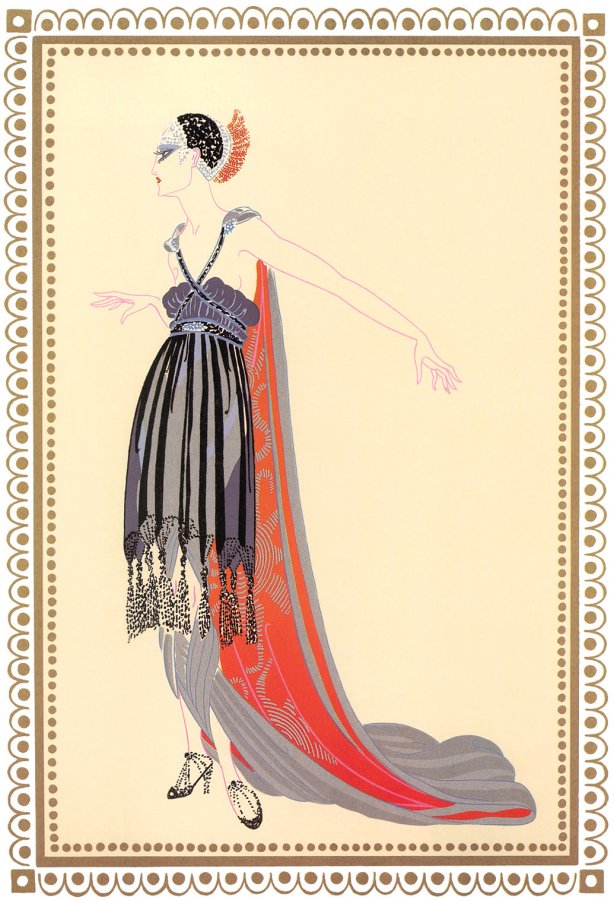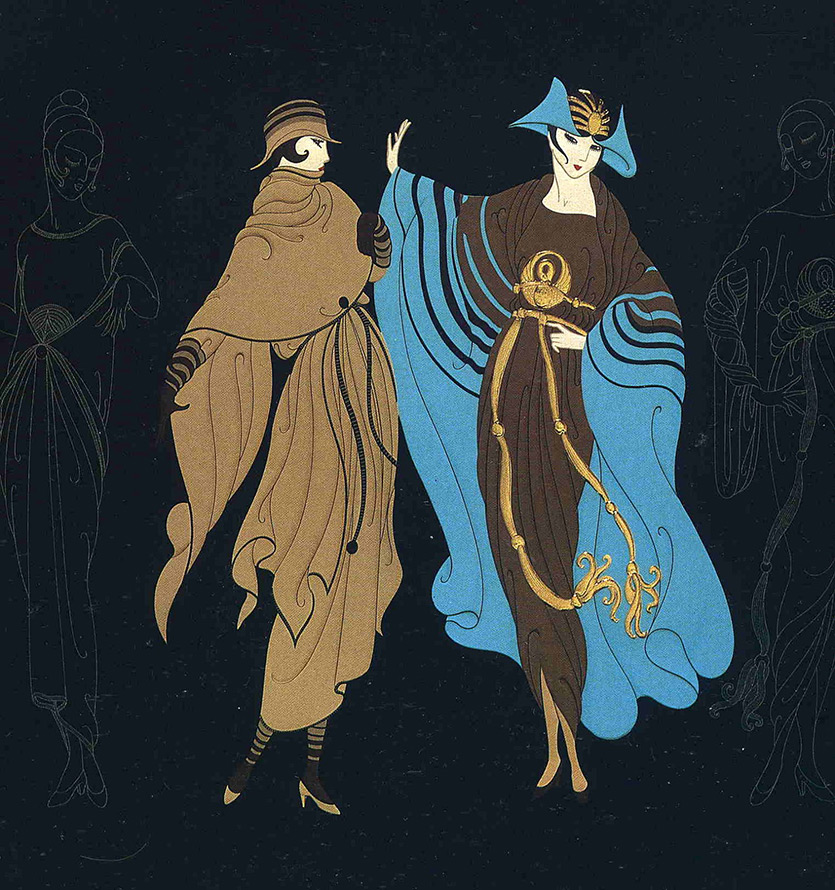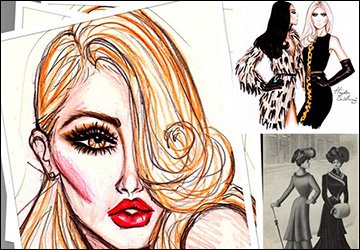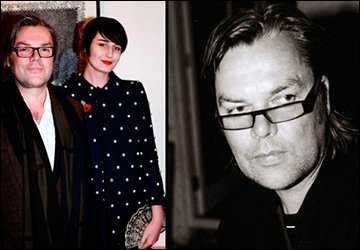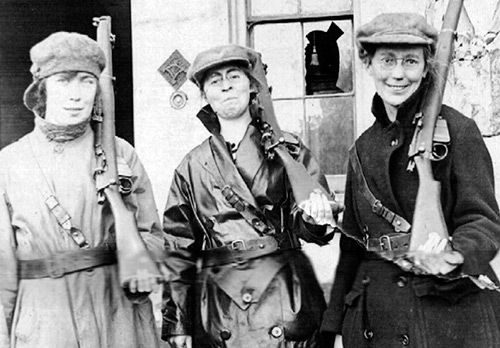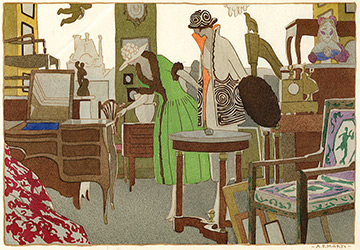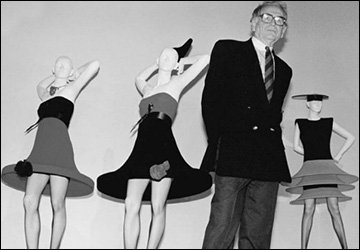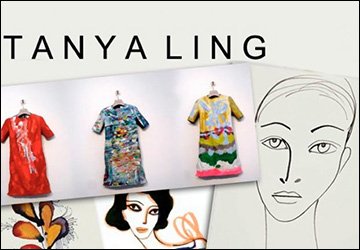Fashion history
Erte fashion illustrations
The favorites in the field of fashion illustration in Europe were artists who came from Russia in the 10s of the last century, and among them - Roman Tyrtov.
Roman Tyrtov was born in St. Petersburg on November 23, 1892, into a noble family. As a child, he loved to draw, showed interest in theater, attended classes at the Academy of Fine Arts in St. Petersburg. In 1912 he moved to Paris and left Russia for good. Subsequently, when Erte took his parents to Paris in 1923, his father, Admiral Tyrtov, would say: “You were right to go to Paris”.
The name of Roman Tyrtov (Erte) is associated with the splendor characteristic of Art Deco. He became one of the most famous illustrators, fashion designers and decorators of the 20th century. His creative pseudonym Erte originated from his initials - Roman Tyrtov. Popularity came to him even before the First World War and remained with him until his death in 1990.
He started with Paul Poiret during the Russian seasons. Erte created the first theatrical costumes in 1914, at the same time he studied at the Académie R. Julien in Paris. Then Erte creates costumes for the play "Minaret", in which the then famous dancer Mata Hari shone. Having met Sergei Diaghilev, Erte accepted his offer to cooperate. He created costumes for Anna Pavlova's ballet numbers - "Gavotte", "Seasons", "Divertissement".
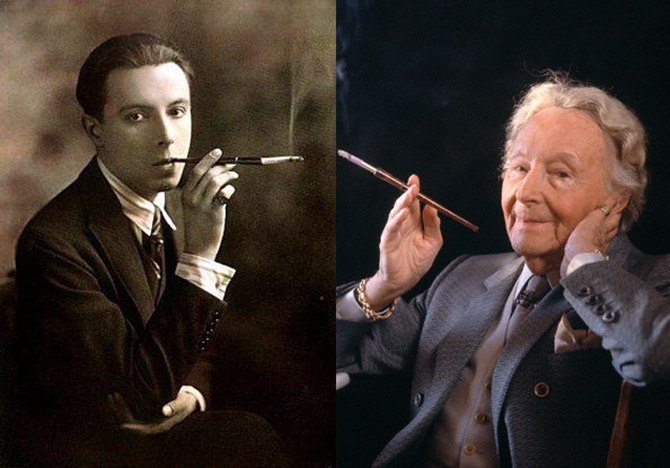
Roman Tyrtov photo at 18 and 97 years old
In 1915, the cover of Harper's Bazaar was first designed by Erte. And from that moment on, the artist continued to work for the magazine, performing drawings of clothing models and covers, for a long time - until 1936. His magazine graphics, one might say, laid the foundations of the Art Deco aesthetic. He has collaborated with fashion magazines La Gazette du Bon Ton, Cosmopolitan, Dilineator, Sketch and Vogue.
In the 20s and 30s, Erte worked in America at the Chicago Opera. The value of his work was highly appreciated. Erte's works enjoyed great success in opera, theater and ballet companies in Paris, New York, Monte Carlo, Chicago. Erte drew sketches and created costumes for Hollywood actresses silent movie. Here, in this work, the spirit of Parisian fashion and Russian ballet, as well as pop revues, was reflected. His film work has influenced other costume designers as well. Erte created sketches using only his own ideas. His images were born under the influence of ancient Greek and Egyptian mythology, Indian miniatures and Russian classical art. He did not recognize women's images with short skirts, a straight silhouette, which was typical for the 20s. Erte created a dress with an asymmetrical neckline in 1921.
At the same time he worked and designed costumes in various Parisian music halls, for revues and shows. His customers were Josephine Baker, famous Parisian cabarets at that time. Since the 1930s, Erte has been settling in Boulogne, a suburb of Paris. For his apartment, he created an interior that combined Russian furniture and exotic skins of leopards and zebras. He had a huge aquarium and many cats. Not far from him lived the prince and princess Yusupovs, from time to time they talked.
At all times of his life, Erte looked youthful and elegant. In the late 60s, interest in Art Deco art reignited. The films "Cabaret", "Death on the Nile", "The Great Gatsby" were released, which revived the memory of the past 20s, and together with them the artists of that time - Sonia Delone, Tamara Lempitskaya and Erte - came out of oblivion. He was already under 70, and again - the rise of fame. He was again invited to draw posters at the Folies Bergere music hall, where he had already worked in 1917. 1930s.
The New York Metropolitan Museum of Art organized a retrospective exhibition of Erte in 1967. Then many books were published about his work. His drawings appeared on German T-shirts, Italian plates, Japanese towels.His most recent work was a play, the Broadway musical Stardust, which he designed when he was 97 years old. Now Erte's works on the world art market are very expensive - tens of thousands of dollars per sketch. Until his last days, he not only worked, but also traveled. During a trip to the island of Mauritius, Erte fell ill and was taken to Paris by private plane, where he died on April 21, 1990. The famous artist was buried in the Parisian Cathedral of Alexander Nevsky. Erte's coffin was made according to his sketch. Roman Petrovich Tyrtov was buried in the family grave at the Boulogne cemetery.
Comments and Reviews
Add a comment
Rating news
Shades of clothing that make women look younger
What shades of hair make women younger: rules and photos
Funny wedding dresses - photos and ideas
12 most expensive down jackets for the winter
How to look 25 at 40: tips from supermodels
Beautiful schoolgirls
Anti-aging haircuts and hairstyles for women
Fashionable skirts for autumn and winter
Fashionable women's trousers for the cold season
Fashionable and stylish sandals for summer 2024
Spring-summer 2024
 Fashionable dresses and tops with thin spaghetti straps
Fashionable dresses and tops with thin spaghetti straps
 Bandana tops: how to wear stylishly and beautifully
Bandana tops: how to wear stylishly and beautifully
 How to put together the perfect men's wardrobe for the summer
How to put together the perfect men's wardrobe for the summer
 Fashionable shorts for spring-summer 2024
Fashionable shorts for spring-summer 2024
 Fashionable skirts for spring-summer 2024: a guide to online shopping
Fashionable skirts for spring-summer 2024: a guide to online shopping
 The most fashionable dresses spring-summer 2024: styles and colors
The most fashionable dresses spring-summer 2024: styles and colors
 Fashionable total look 2024: ideas of images and trends
Fashionable total look 2024: ideas of images and trends
